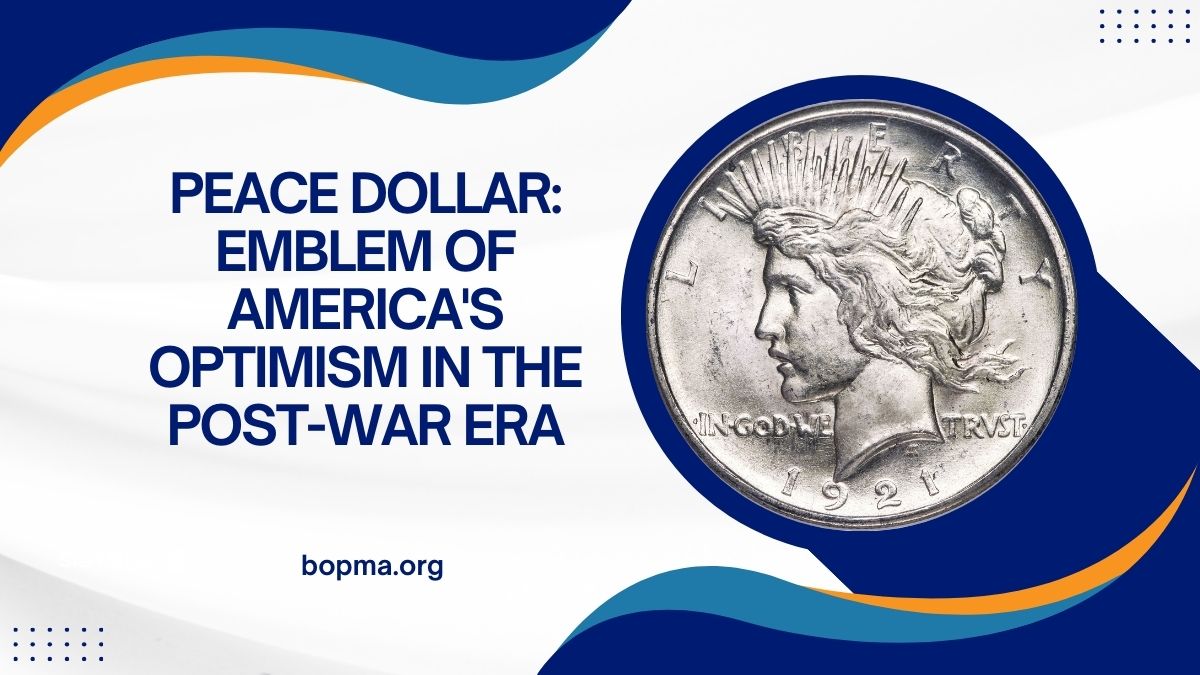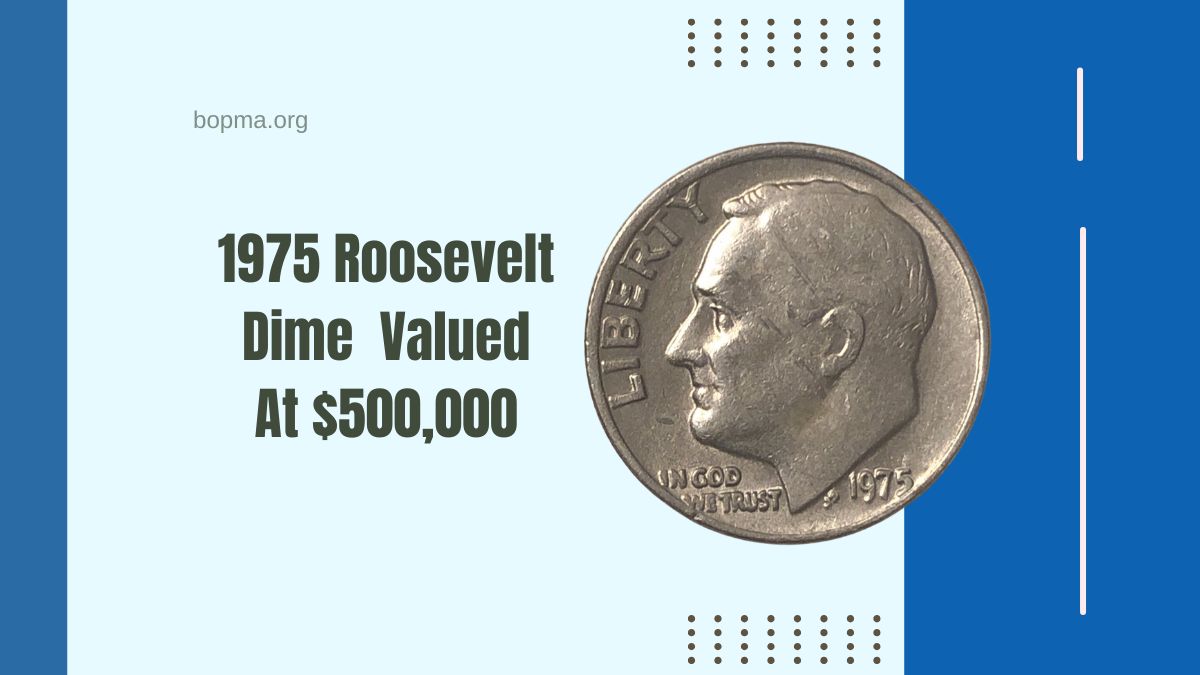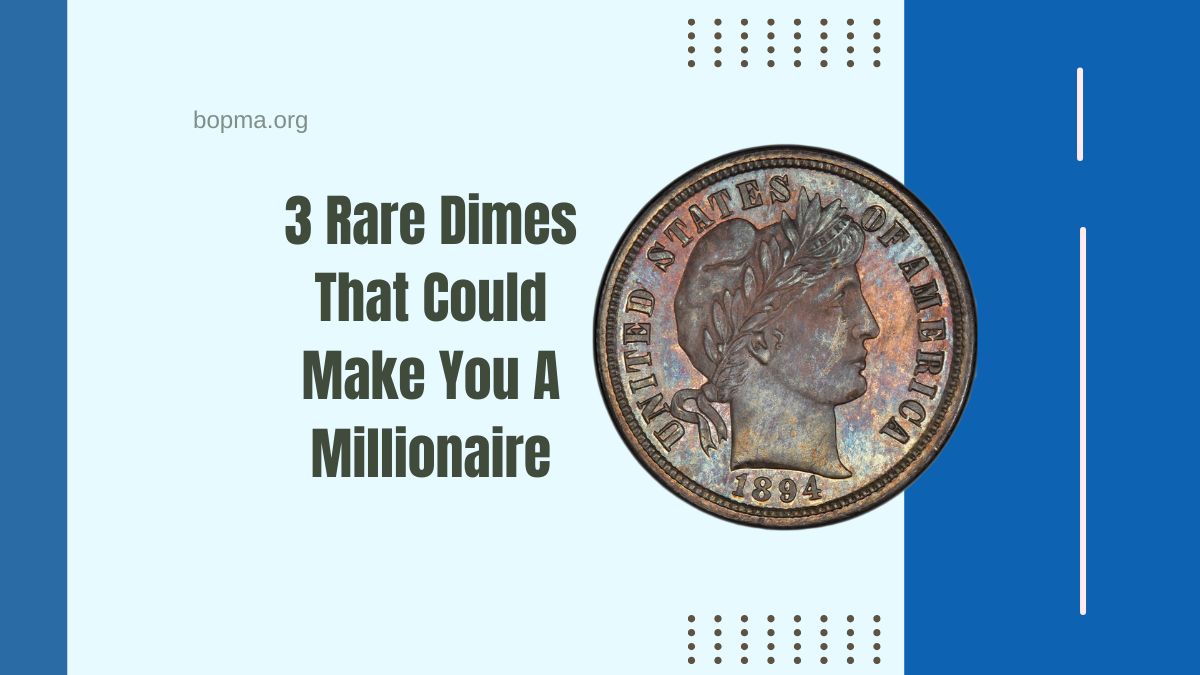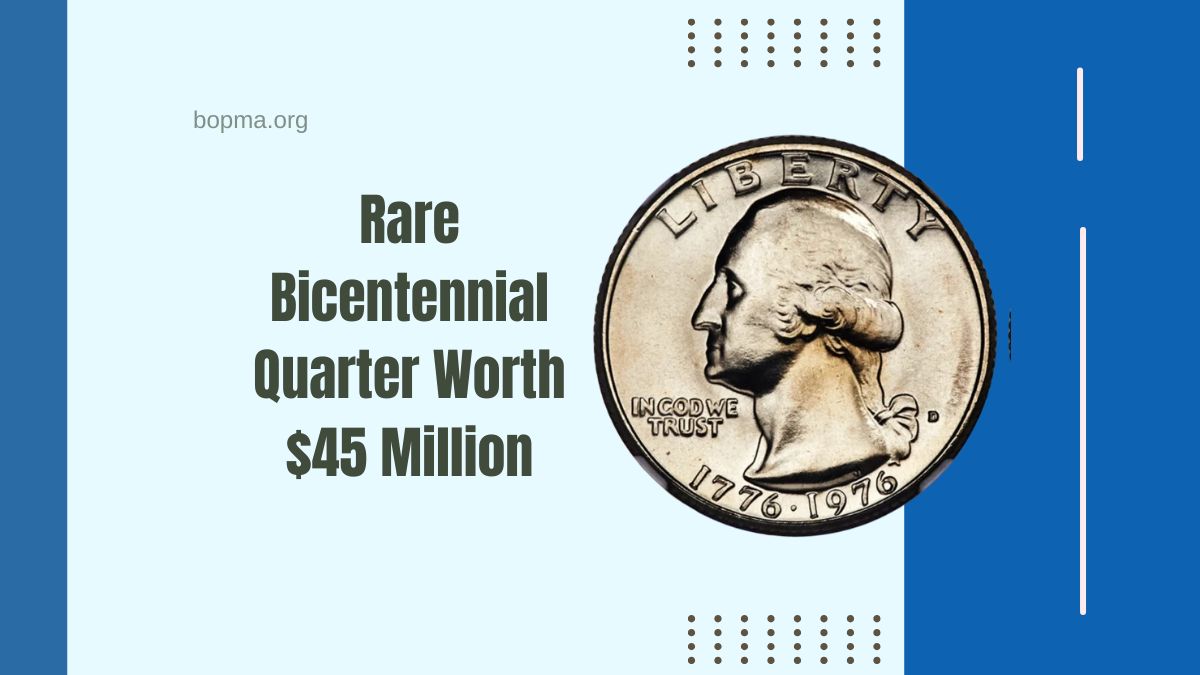The Peace Dollar stands as a testament to America’s aspiration for peace and prosperity following the tumultuous years of World War I.
Introduced in 1921, this iconic silver coin not only commemorates the end of the Great War but also embodies the nation’s optimism and desire for lasting harmony.
Origins of the Peace Dollar
In the aftermath of World War I, there was a burgeoning sentiment to create a coin that would symbolize peace. This initiative led to the introduction of the Peace Dollar in December 1921, designed by Italian-American sculptor Anthony de Francisci.
The coin’s obverse features the profile of the Goddess of Liberty, while the reverse showcases a bald eagle at rest clutching an olive branch, with the inscription “Peace.”
Design and Symbolism
De Francisci’s design was rich with symbolism. The obverse portrays Liberty wearing a radiant crown, reminiscent of the Statue of Liberty, symbolizing enlightenment and freedom.
The reverse depicts a serene eagle holding an olive branch, signifying peace. This imagery was intended to represent America’s transition from war to peace and its role in promoting global harmony.
Mintage and Production History
The Peace Dollar was minted during two primary periods: from 1921 to 1928 and then from 1934 to 1935. The initial production ceased due to a lack of demand during the Great Depression.
In 1964, an attempt was made to reissue the coin, with 316,076 pieces struck at the Denver Mint. However, these coins were never released to the public and were subsequently melted down, making any surviving specimens exceedingly rare and illegal to own.
Modern Resurgence
Interest in the Peace Dollar experienced a revival in the 2020s. In 2021, to commemorate the centennial of its original issuance, the U.S. Mint released new Peace Dollars for collectors.
This program continued with the release of 2024-S Reverse Proof Morgan and Peace Silver Dollars, each minted from 0.859 ounces of 99.9% silver at the U.S. Mint’s San Francisco facility.
These modern issues have been met with enthusiasm from collectors, symbolizing a renewed appreciation for the coin’s historical significance.
Collecting the Peace Dollar
For numismatists, the Peace Dollar holds significant appeal due to its historical context and unique design. Key dates, such as the 1921 High Relief and the 1928-S issues, are particularly sought after. The 1921 High Relief was the only year with a high-relief design, making it distinct and highly collectible.
The 1928-S Peace Dollar is notable for its rarity, with only around 77 examples graded MS65 by PCGS, and an even smaller number listed in this grade by NGC. This coin is valued at $13,200 in Gem or better grades.
Key Peace Dollar Issues
| Year | Mint Mark | Notable Features | Approximate Mintage |
|---|---|---|---|
| 1921 | None | High Relief design | 1,006,473 |
| 1928 | S | Low mintage, highly sought after | 1,632,000 |
| 1934 | S | Scarce in higher grades | 1,011,000 |
| 1964 | D | Never released, all known pieces melted | 316,076 |
| 2021 | None | Centennial reissue for collectors | 200,000 |
The Peace Dollar remains a powerful symbol of America’s hope and renewal in the post-World War I era. Its rich history, coupled with its artistic design, continues to captivate collectors and historians alike.
As the U.S. Mint continues to honor this legacy with modern issues, the Peace Dollar’s significance endures, reminding us of a time when the nation yearned for peace and looked forward to a prosperous future.
FAQs
Why was the Peace Dollar created?
The Peace Dollar was created to commemorate the end of World War I and symbolize America’s hope for lasting peace.
Who designed the Peace Dollar?
Italian-American sculptor Anthony de Francisci designed the Peace Dollar, with his wife serving as the model for Liberty.
What makes the 1921 Peace Dollar unique?
The 1921 Peace Dollar features a high-relief design, making it distinct and highly collectible among numismatists.




